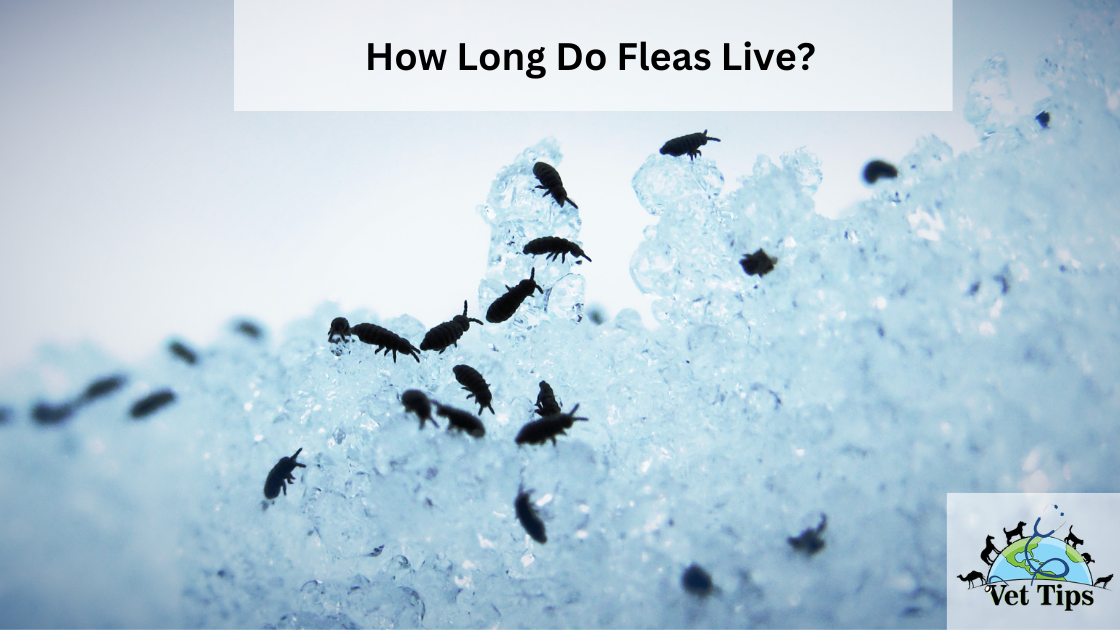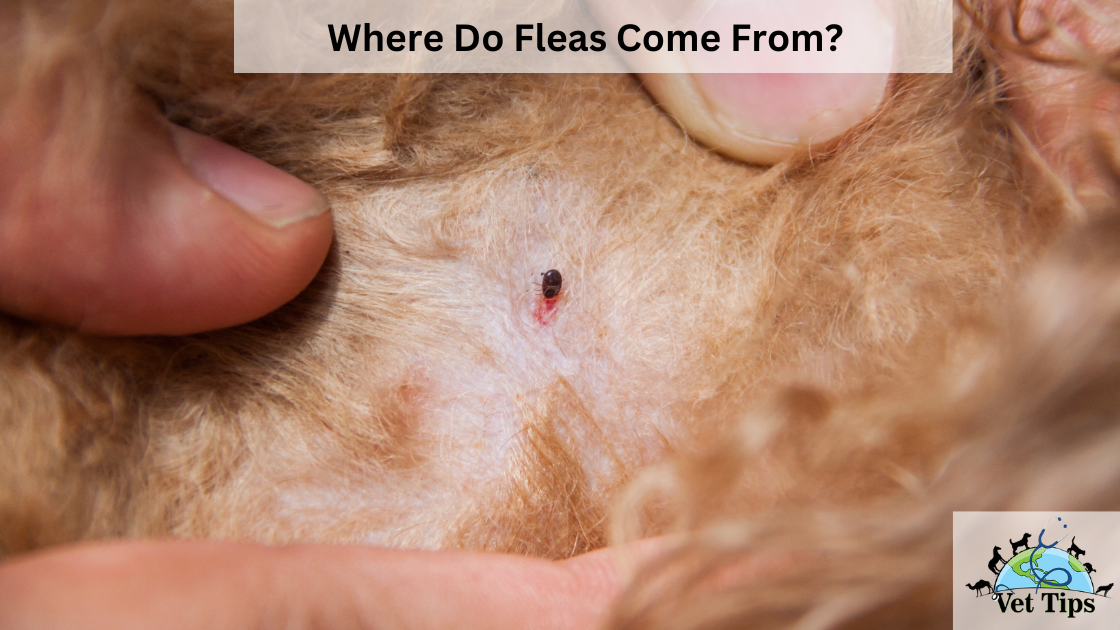In this article, we will start on an interesting adventure to discover the secret world of fleas and investigate the subject that frequently troubles pet owners and others who are dealing with flea infestations: “How long do fleas live?”. Get ready to be awestruck as we dive deeper into the lives of these little organisms, learning about the survival techniques they employ and the variables that impact the length of their lives.
The Flea’s Humble Beginning
Let’s get our journey off to a good start by learning about the early stages of a flea’s existence. Fleas are born from very little eggs, which are often placed on the skin of their host or elsewhere in their habitat. These minuscule oval marvels are so little that they are hardly discernible to the human eye, which makes it quite difficult to locate them.
Hatching into Larvae
After the eggs have located a comfortable place to overwinter, they will hatch into larvae and go on to the next stage of their life cycle. These flea larvae are not the same as the adult fleas that you may have come into contact with when brushing your furry companion. They are unable to see, do not have legs, and like wet and gloomy environments.
During their development, flea larvae shed their skin many times and consume a wide variety of organic substances, including dead skin flakes and other detritus. This phase is essential to their growth and can last anywhere from five days to many weeks, depending on the circumstances of their surroundings.
Pupation: A Transformational Phase
During the period known as “pupation,” the larvae enclose themselves in a cocoon made of silk and continue their development until the adult stage. They go through a remarkable change inside of this protective covering, becoming full-fledged fleas as the process unfolds. Fleas spend their time in the pupal stage acting like they are in a waiting room for the right time to emerge from their cocoons.
It’s interesting to note that fleas may hibernate for lengthy periods of time while in the pupal stage. The length of time that they spend in this stage is mostly determined by environmental conditions such as temperature and humidity, as well as the accessibility of suitable hosts.
The Birth of an Adult Flea
The flea’s cocoon has broken, and it is now time for the adult flea to emerge from it. This phase of their life cycle has been anxiously anticipated, and they do not waste any time in looking for an appropriate host to feed on once it has arrived. They are exceptionally skilled in locating a host animal. That has a body temperature that is similar to their own so that they may feed on its blood. Blood is their major source of nourishment.
It just takes a few minutes for a flea to begin feeding after it has located its victim, which might be a dog, a cat, or even a human being. However, not all fleas make it through this stage to live for a longer amount of time.
Comparative Analysis of Flea Lifespans
Let’s look at fleas of various kinds and in a variety of habitats to get a better idea of how long they can live:
Cat Fleas, also known as Ctenocephalides felis, is one of the most prevalent types of fleas that are found on cats as well as dogs. The lifespan of these parasites can range anywhere from a few weeks to several months. Their lifespan is influenced by environmental conditions like temperature and humidity, as well as the availability of food.
Dog Fleas, also known as Ctenocephalides canis, are closely related to cat fleas and have a lifetime that is comparable to that of cat fleas. Often lasting anywhere from a few weeks to several months.
Human Fleas, also known as Pulex irritans, are fleas that predominantly feed on people and other domesticated animals. As their name indicates, human fleas are a nuisance. Their life span is typically only a few weeks, making it one of the shortest of its kind.
Fleas that are subjected to cooler temperatures and drier circumstances. They may have shorter lifespans when compared to fleas that are kept in warmer and more humid habitats.
Tables of Flea Lifespan in Different Environments
Let’s take a closer look at how different environmental conditions can impact the lifespan of fleas:
| Species | Lifespan in Warm and Humid Environments | Lifespan in Cold and Dry Environments |
| Cat Fleas | Several Months | Few Weeks |
| Dog Fleas | Several Months | Few Weeks |
| Human Fleas | Few Weeks | Few Weeks |
As you can see from the table, fleas thrive and survive longer in warm and humid environments compared to cold and dry conditions.
Factors Influencing Flea Longevity
The length of time fleas are able to survive is dependent on a number of conditions, including the following:
Environment: As was noted previously, the environment in which a flea lives have a considerable influence on the length of its life. A climate that is warmer and more humid is one that is more conducive to their continued existence.
The availability of hosts is important for fleas since they need them for both reproduction and nourishment. The presence of a conveniently available host has the potential to lengthen their longevity.
Reproductive Success: Fleas are prolific breeders, and a high reproductive rate can contribute to the continuation of flea populations. Successful reproduction Fleas are successful breeders.
FAQS
How long can fleas live without a host?
Fleas cannot survive for more than a few days to a week without a host because they need it for their blood meals. They can, however, stay in their cocoon as pupae for a long time before a suitable host becomes available.
Can fleas survive in cold climates?
Fleas like warm, moist environments, but they may go into a dormant stage known as diapause. In cold temperatures, which prolongs their ability to tolerate harsh conditions.
Can fleas live on humans?
When their usual hosts are not available, fleas can bite people. Even though they typically infest dogs and other animals. Fleas, however, do not make good long-term hosts for people.
Conclusion
In conclusion, the length of time fleas are able to live depends on the kind of flea as well as the habitat in which it lives. By better understanding the elements that contribute to their lifetime, it will be possible to develop more effective tactics for flea management. Knowing how fleas reproduce gives us, as pet owners and caretakers, the ability to take the right precautions to protect our cherished animals and ourselves from these little but tenacious critters. Fleas have a life cycle that consists of four stages: egg, larva, pupa, and adult.
When you next find yourself asking, “How long do fleas live?”, keep in mind that these little natural wonders have a life narrative that is considerably more complex than what meets the naked eye. Maintain vigilance and give your animals the attention and care they need in order to keep these troublesome creatures at bay.
Tell us in the comments, how you like our article “How Long Do Fleas Live?”
For similar posts like this, click here.
For the source file, click here.








